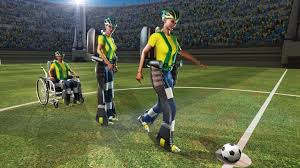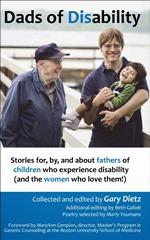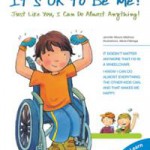A man who is paralyzed talks about the opening kick in tomorrow’s World Cup
by Ben Trockman
 People around the globe will be watching the World Cup Opening Ceremony tomorrow to cheer on their country’s team, but I have a more personal reason to tune in: it’ll be my chance to see the real Avatar in action.
People around the globe will be watching the World Cup Opening Ceremony tomorrow to cheer on their country’s team, but I have a more personal reason to tune in: it’ll be my chance to see the real Avatar in action.
You remember the movie Avatar, right? The sci-fi film won three Oscars in 2009, and it showed Avatars – essentially, separate bodies – being controlled by the human brain.
In the movie, the controller of the Avatar enters a type of portal that looks like a tanning bed. Once they’re in there, the portal reads their brain waves, and then they can control the Avatar. During one of the first scenes, a man who is paralyzed from the waist down lies down in the portal, encompasses the ability to control his own Avatar, and can hardly contain his excitement.
It’s been so long since he was able to walk by himself that his brain is not used to controlling his legs. Initially he has trouble walking in the Avatar. It takes time for him to learn to walk and run again, but fairly quickly, he is running around the planet Pandora in the Avatar. It is absolutely incredible, and when I — a man who is paralyzed from the neck down — saw the character in the movie being able to lie down in this portal, and then control a fully functional body, I almost broke down in tears.
That scene in the movie had a profound impact on me. The idea of being able to perform functions — running, jumping, or skipping — by simply lying in a portal that would read my brainwaves. If only I could have that opportunity!
Now, five years after the film, the idea of being able to control a body with one’s mind is not just an idea produced by James Cameron, but it is a reality. In Brazil tomorrow a paralyzed man will roll onto the soccer field for the 2014 World Cup ceremonial opening kick in his wheelchair,. This man will rise from his chair, walk a few steps, and kick a soccer ball using a mind-controlled exoskeleton.
Let the shockwaves of excitement role throughout your veins: it is real! The ever driving determination to cure paralysis is an amazing endeavor, one that many scientists throughout the globe work day and night to accomplish, and one I hope for each and every day. There are many different ways to improve the lives of people with paralysis, but this is one of the most innovative creations I’ve seen.
The thought of this Walk Again project leaves a permanent brightness in my soul. To know there are people in this world that have the drive and determination to cure paralysis and improve the lives of people with disabilities is incredible.
With every single day, the world gets better, and we all take a few steps forward. This time, those steps forward just might be with the assistance of a mind controlled exoskeleton. What do you think of this invention? I know there are some who think that the effort might be promising too much, too soon, but leave no second guessing here — I’m in!











 Just like me,
Just like me, 


